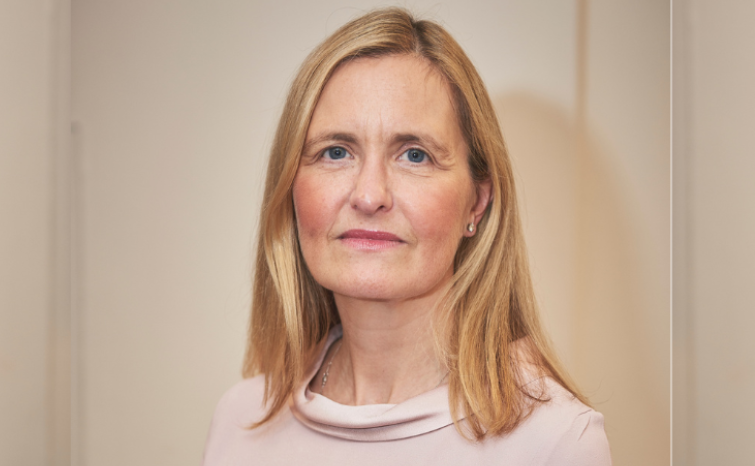North Middlesex implements VNA
- 7 September 2015

North Middlesex University Hospital NHS Trust has implemented a vendor neutral archive from BridgeHead Software, which it will use for the storage both of radiology images and of enterprise-wide data.
The trust’s contract for a picture archiving and communications system, procured as part of the National Project for IT, was due to run out in June this year.
As well as going out to tender for a new PACS, the trust decided to acquire a VNA, procuring both through NHS Supply Chain.
The contract for the BridgeHead VNA will run for five years as a managed service. The trust also purchased a new PACS from Sectra, the incumbent supplier under the NPfIT.
Initially the plan had been to use the VNA to store DICOM images, but its use is being expanded to hold other image types and to act as the repository for the trust’s electronic document management system, purchased with tech fund money in 2013.
The aim is to build an enterprise-wide data store holding scanned versions of all patient notes, helping North Middlesex to go paperless by 2016 or 2017 – ahead of the government target of 2018.
In 18 months’ time, the trust plans to have moved about 80% of its clinical repositories to the VNA. Paediatrics will be the first department to have all its medical records in the archive.
Five years ago, the trust implemented a clinical portal to many of its existing systems. The portal will now provide an interface with the VNA, giving stakeholders with a single point of access to patient data.
In line with the government’s Better Care Fund plan, this will later be extended to include GPs and social care settings, and in the long term, it is likely that a patient portal will be added.
Musadiq Subar, IT programme manager and clinical technical architect at the trust, said that a VNA addressed the problem of integrating numerous hospital systems with different primary care systems.
“One option is to buy different integration engines, but it becomes costly,” he said. “If you've got all the data structured in a VNA, you only need one integration link.”
Subar said that the VNA would enable clinicians to see relevant patient information more quickly: “One of the challenges is that we have so many isolated IT systems.
“Putting the data into a structured repository makes it easier for the clinician to have that all at one time instead of logging into several different systems.”
The VNA uses XDS-based indexing, making it easier to find information, added Subar: “If I want to search for a patient, it won't just scan the DICOM store, it will scan all the images. It's not just a big hard drive, it's an engine as well that will bring all that information together.”
Clinicians had already benefited from better retrieval speed, he said, now that the data was held onsite.
“They've been impressed at how much faster it is. When you've got a CT or MRI there can be hundreds of slices of the images – when it was at London data centre, it could take a good couple of minutes to download”. The images now appear within seconds.
Subar said that while some trusts saw VNAs as simply a data repository, it could be “a key component to your infrastructure in providing clinical care.”
He advised trusts to think about long-term management of data when purchasing a VNA: “Design your data strategy from the outset and that will make your life a lot easier with the implementation.”




